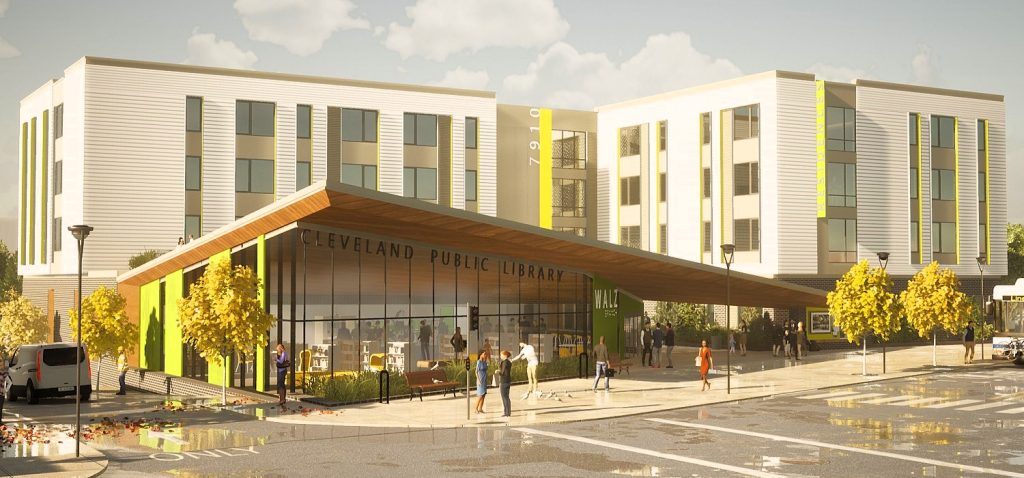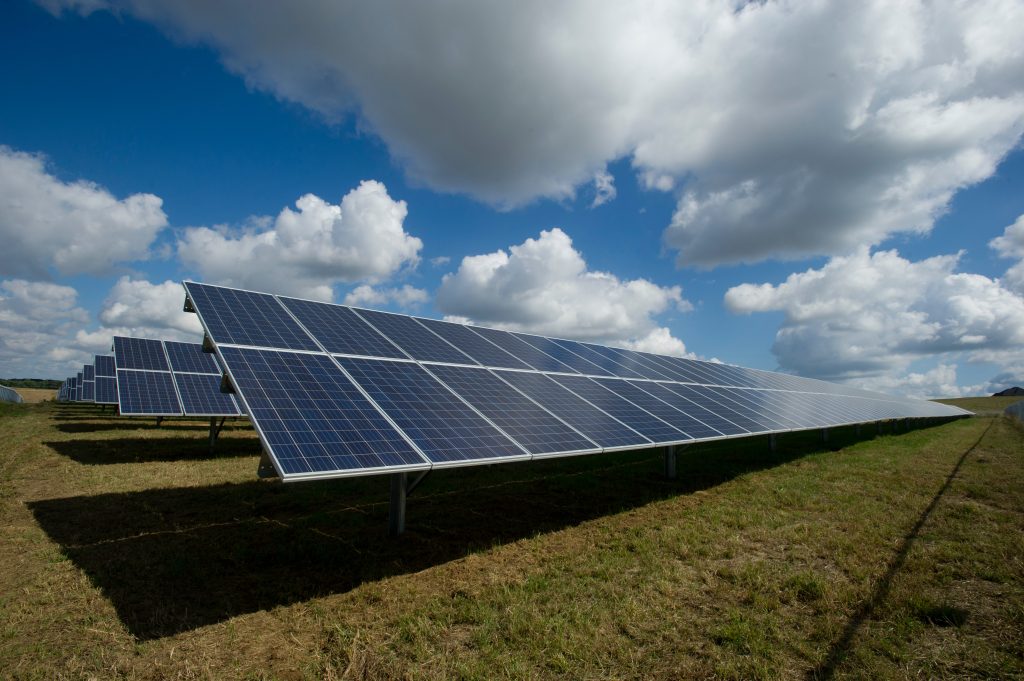After one failed bid to acquire Ford’s Brook Park and Walton Hills plants, there is good news pointing to the eventual, productive re-use of both mammoth factories.
Ford Motor Co. last week entered the Ohio Environmental Protection Agency’s (EPA) Voluntary Action Program (VAP) for its Brook Park Engine Plant No. 2 that closed nearly 20 years ago, according to a source who was not authorized to speak publicly about the development.
The source also said that Ohio EPA was also notified that Ford would recommence the VAP assessment of its Walton Hills Stamping Plant that closed in 2015. VAP work was halted earlier this year for two reasons — the Coronavirus crisis and because Ford’s first choice to buy both the Brook Park and Walton Hills plants had fallen through.
The latest news points to the likelihood that Ford has a buyer or two for both of these properties. It also strongly suggests that the new buyer(s), like the failed bidder before, would continue to use the properties for the manufacturing of cars or the components of cars. Why?
The VAP process starts when a property owner submits environmental data for Ohio EPA to review and determine if any environmental contamination exists and needs to be cleaned. Afterwards, if the property is found to be clean enough to meet Ohio EPA standards, the property owner would receive a covenant not to sue from the state.
This covenant protects the property owner or operator and future owners from being legally responsible to the State of Ohio for further investigation and cleanup. It is important to note this legal protection applies only when the property is used and maintained in the same manner as when the covenant was issued.
In other words — these are still auto manufacturing plants, albeit vacant, and would remain as auto plants. Furthermore, the source said Ford doesn’t intend to demolish the vehicle production-related structures on these properties even though they are both about 65 years old.
The identity of the buyer(s) remains unknown.
“They (Ford) have a comprehensive program for their closed factories,” the source said. “They (Ohio EPA) will provide technical assistance to Ford. They’ve already given some (data and technical assistance) for our Walton Hills plant. They’ll provide more on that (plant) later this year.”
Two years ago, Ford notified the cities of Brook Park and Walton Hills that it was interested in selling the two sites. Ford’s Brook Park property that it put up for sale is larger than Walton Hills’ for-sale property (195 acres vs. 111 acres) but the remaining buildings are larger at Walton Hills than at Brook Park (2.1 million square feet vs. 1.7 million square feet).
| Crews from Independence Excavating Inc.in 2013 demolish Ford’s Brook Park Casting Plant, followed by environmental cleanup by subcontractors (National Demolition Association). |
Ford had already spent $10 million to demolish structures and remediate environmental conditions at its 1.4-million-square-foot Brook Park Casting Plant in 2013. Contractors used 3 million gallons of water to wash down the entire building superstructure prior to demolition. Then workers cleaned 10 miles of underground sewers nearby. More than 60,000 tons of scrap material was removed from the site and recycled.
Monitoring of any remaining pollution on the site continues to this day, seven years after demolition of the casting plant, according to another source. That source said Ford received 15 bids for either the Brook Park or Walton Hills plants, but most bidders wanted both.
“Ford shortlisted the bidders based on their capacity and intent,” the second source said.
NEOtrans has speculated who’s on the short list of bidders. Considering the bidders are apparently large manufacturers of cars or car components and likely either a Ford partner or supplier — not a competitor of Ford, it limits the possibilities.
Those possibilities could include auto parts maker Tenneco which has endured some financial hardships lately, or possibly Ford partners Volkswagen, autonomous vehicle firm Argo AI, or electric vehicle startup Rivian.
 |
| Also for sale, possibly to the same buyer as the Brook Park plant, is Ford’s Walton Hills Stamping Plant (CBRE). |
Brook Park Mayor Mike Gammella started his work career on a Ford assembly line at age 19 and rose to become president of the UAW Local 1250. He has kept a close eye on the situation at Ford’s mothballed Engine Plant No. 2 and the site of the cleared-away casting plant. On March 3, according to meeting minutes, he reported to City Council some recent progress.
“(I) spoke with Ford representatives earlier today and they are going with the second and third bidders for the property,” Gammella said. “The primary bidder was unable to get financing.”
Two weeks earlier, at another council meeting, he gave more detail about the failed bid that led to Ford considering other bidders.
“That was a mega-deal that concerned Walton Hills as well as Brook Park,” Gammella said. “Currently, that company is having financing problems and is supposedly 98 percent complete with the financing but isn’t there yet. Ford is very despondent about this and I talk with them on a weekly basis. I thought there would be a deal at the end of 2019 and hoped to have an announcement on Dec. 31 (2019).”
NEOtrans will continue to follow this developing story and share any insights if and when they become available.
END




